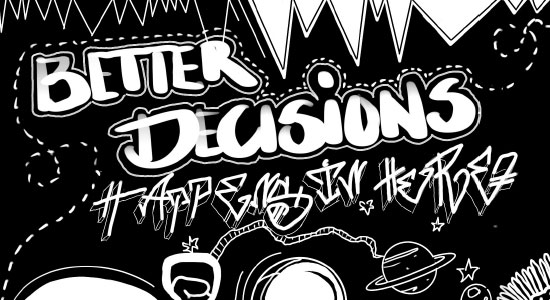BI in HR … Some may get their hands wet at these IT acronyms. But that doesn’t have to be the case, powerful business intelligence applications can reduce fluctuation in the company and make HR teams more flexible and faster.
There are supposed to be people who think that “human resources” does not sound particularly appreciative … Consequently, there are now attempts to no longer speak of HR departments, but rather of “people operations” or “people and culture” or comparable terms – in any case, the focus should be on people again.
The only curious thing is that with the increased focus on work-life balance, positive corporate culture and, at the same time, long recruitment times, the value of the individual working hour is also increasing. In an irony of fate, it is suddenly necessary to analyse and optimise the individual skills of employees, because it is indeed a valuable and expensive resource. And it turns out: HR will have to make many more decisions based on data in the future.w
“… BI IN HR, BUT WE WORK WITH PEOPLE, NOT NUMBERS …”
Ok, admittedly – as the great wave of rationalisation in the early years of digitalisation proved – making HR decisions based on insufficient data carries enormous risks, because seeing through the complex personal and business relationships is hardly possible from a top-down perspective.
"... BI IN HR? BUT WE WORK WITH PEOPLE, NOT NUMBERS ..."
Ok, admittedly – as the great wave of rationalisation in the early years of digitalisation proved – making HR decisions based on insufficient data carries enormous risks, because seeing through the complex personal and business relationships is hardly possible from a top-down perspective.
The following scenario, you will be familiar with it, could be avoided today: A successful sales duo is split up, each is supposed to lead a small sales team of their own. They are not successful, both are unhappy and leave the company. In the worst case, they go to the competition and in the very worst case, they take customer contacts with them. The individual performance of the individual was overrated here, the multiplicative effect of good team synergy was neglected and the value of a well-qualified sales staff, just like their tolerance for experimentation on the part of the management, was misjudged – the performance indicators of the past decades were unfortunately one-dimensional.
Much has changed since then. The employee base is now the most valuable investment for most companies. Qualified personnel must always be deployed in exactly the right places, because there are simply not enough. Competition for skilled workers and managers is raging in every industry, and now it is important to retain good personnel – that’s what personnel controlling does after all.
"BUT HOW DO YOU RECOGNISE GOOD EMPLOYEES ANYWAY?"
Exactly, this is where we finally get to the topic of BI in HR. Because: With a modern business intelligence solution (yes, it should correctly be called an enterprise performance management solution as soon as a planning function is built in, but that’s too clunky), companies today can analyse their personnel relatively precisely and work out important personnel-related key figures; even the analysis of personnel movements is possible. Modern HR departments use data from projects, application documents, surveys and interviews to make concrete statements about motivation, performance, potential and deployment possibilities with evaluation algorithms.
For this, they need a lot of data and plans: personnel planning, cost planning, qualification, absenteeism and personnel capacities – if you have a powerful BI solution, you can derive decision-making bases for most personnel questions from your data … provided that this is mathematically possible. As always, an integrated BI solution would be the non-plus-ultra, so that all data can then be mapped in a consistent environment.

"Yeah yeah but that's what we want anyway. why should HR be prioritised in this?"
Three factors predestine the HR department for a BI solution.
Firstly, HR usually has the most catching up to do in terms of data analytics and at the same time the least affinity for pure spreadsheets – good conditions for a visually appealing, well-prepared BI solution.
Secondly: In the vast majority of cases, HR managers are in reaction mode. The actual personnel decisions come from the departments and HR is then suddenly under pressure to act, which takes too long and happens too late. Capable business analysts can use solid maturity models to tell quite early on where and when personnel bottlenecks will arise, keyword HR forecasting. With a powerful HR solution, personnel controllers can therefore monitor the workload in the departments and independently start the recruiting process and even plan it for the long term – HR becomes a management tool.
And thirdly: The increase in added value is potentially greatest in the HR department. This is essentially due to the rapidly rising recruitment costs and the fundamental difficulty of finding qualified staff on the labour market. A state-of-the-art data analysis platform can help to uncover the potential of your employees or bring forgotten skills to light. In this way, you increase your flexibility in personnel allocation, promote internally and recruit across the board. This reduces vacancy times in your recruiting processes – which simply saves money – and you can keep good staff without worrying about how to utilise an employee whose skills you do not need at the moment in the company, but whom you also do not want to lose.
Solid, system-supported personnel planning prevents utilisation problems of all kinds and opens up flexible allocation options that you had not even considered before. All in all, BI in HR helps to reduce staff turnover – and thus supports the company at all levels. Feel free to contact us to learn more or begin your business intelligence Project in the HR departement.






